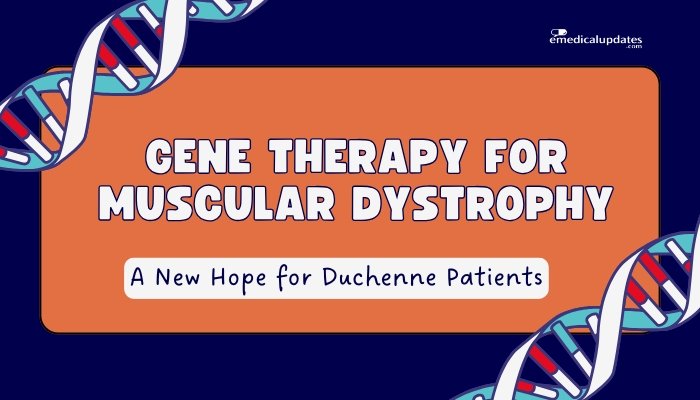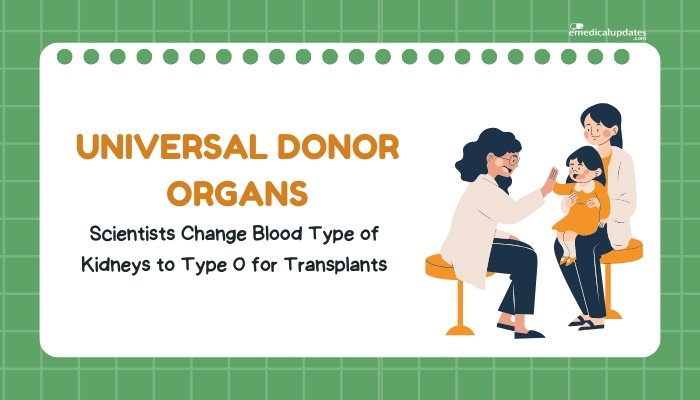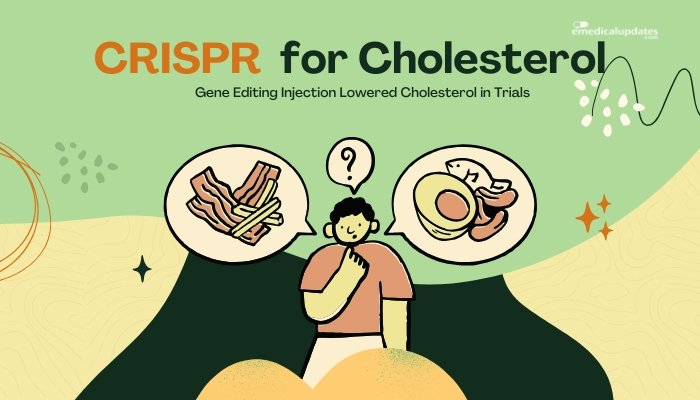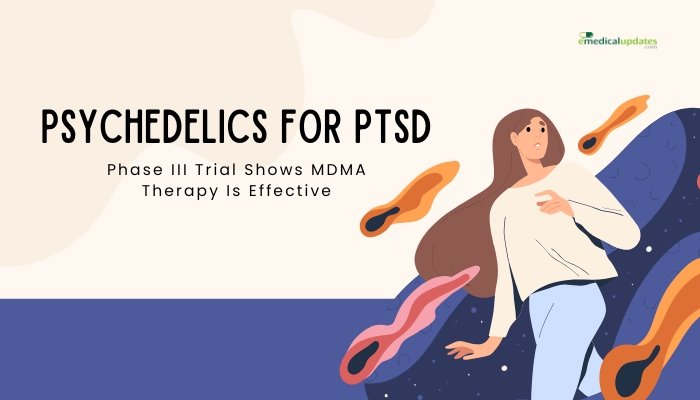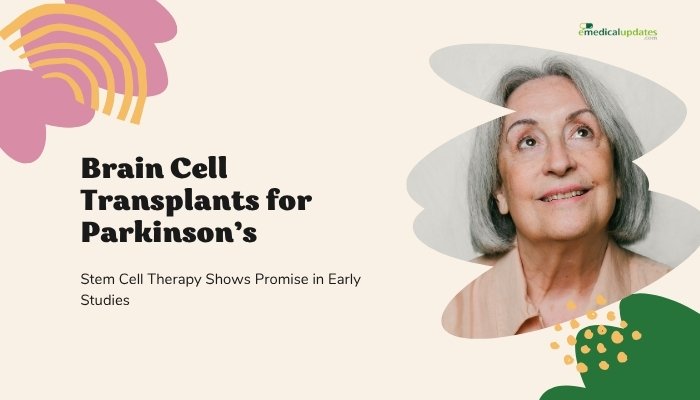Introduction
Duchenne Muscular Dystrophy (DMD) is a debilitating genetic disorder characterized by progressive muscle weakness, eventual loss of mobility, and premature mortality. Caused by mutations in the dystrophin gene on the X chromosome, DMD primarily affects males, with initial symptoms often evident in early childhood.
Current treatments have focused on symptom management and prolonging ambulation, but no cure existed—until now. Enter gene therapy, a groundbreaking approach that aims to correct or partially replace the defective dystrophin gene, potentially altering the disease’s natural course.
In this article, we’ll explain DMD’s genetic basis, explore how gene therapy works for Duchenne, and highlight the potential impact and challenges of this landmark approval.
Understanding Duchenne Muscular Dystrophy
Genetics and Dystrophin Defect
- Dystrophin: A key structural protein that anchors muscle fibers, preventing damage from regular contraction and movement.
- X-Linked Inheritance: DMD typically arises from a mutation on the X chromosome’s dystrophin gene, causing very little or no functional dystrophin protein.
- Progressive Weakness: Boys often walk later than peers, show a waddling gait, and lose ambulation in their early teens. Cardiac and respiratory muscles eventually weaken, contributing to life-threatening complications.
Conventional Management
Until gene therapy, interventions included:
- Steroids (e.g., prednisone) to slow muscle degeneration.
- Physical Therapy to maintain flexibility and reduce contractures.
- Assistive Devices such as braces, wheelchairs, and ventilatory support.
- Exon Skipping Therapies that enable production of truncated but partially functional dystrophin for certain mutation subsets.
Despite these measures, disease progression remains relentless for many.
The Gene Therapy Approach
Why Gene Therapy?
- Root Cause: Replacing or repairing the faulty dystrophin gene tackles DMD’s fundamental defect rather than merely managing symptoms.
- Potential for Sustained Benefit: If muscle cells can produce dystrophin, functional capacity could stabilize or improve over time.
Delivery Vectors
Researchers often use adeno-associated virus (AAV) vectors to deliver gene edits into muscle cells. AAV vectors are favored due to relatively mild immune responses and ability to persist long-term in non-dividing cells like muscle fibers. However, limitations include:
- Vector Size: The dystrophin gene is large, so full-length replacement may be challenging. Shorter “microdystrophin” versions are engineered to retain critical functional domains while fitting into the AAV.
- Preexisting Immunity: Some patients may already have antibodies to AAV strains, complicating repeated dosing.
Microdystrophin Strategy
Because the dystrophin gene can’t fit entirely in a standard AAV, scientists design “microdystrophin” constructs that are smaller yet still supply key regions for muscle stability. Studies suggest these truncated proteins can significantly improve muscle function compared to no dystrophin at all.
The Newly Approved Therapy
Fast-Track Approval for DMD
In 2023, the FDA granted accelerated approval to a microdystrophin-based gene therapy aimed at children with Duchenne. Key aspects:
- Single Infusion: Patients receive one intravenous dose, delivering the microdystrophin gene throughout the body.
- Age Window: Often tested in pediatric patients who still have some ambulatory function, as earlier intervention may yield better outcomes.
- Early Outcomes: Preliminary trials show improved muscle enzyme levels and slower progression, though large-scale data on long-term functional gains remain under review.
Clinical Results
- Biomarker Improvements: Recipients show higher expression of the microdystrophin protein in muscle biopsies.
- Functional Changes: Indications that treated children may walk longer or climb stairs more easily, though results vary by patient and longer follow-up is needed for definitive conclusions.
- Safety Profile: Immune responses, liver enzyme elevations, and infusion-related complications are possible, requiring close monitoring.
Limitations
- Not a Full Cure: Even with microdystrophin, production is partial. Ongoing therapy refinement seeks to maximize expression.
- Unknown Durability: Researchers must track how muscle strength evolves years after the infusion—whether repeated doses might be necessary is uncertain.
- Cost and Access: Gene therapy is expensive. Payer coverage and global availability remain substantial hurdles.
Potential Clinical Impact
Slowing Disease Progression
If successful, gene therapy may allow children with DMD to maintain ambulation or reduce reliance on wheelchairs and mechanical ventilation. Better muscle function also decreases secondary complications (like scoliosis) and can extend independence.
Quality of Life Improvements
Reduced muscle fatigue and more stable motor skills mean children can participate more in daily life, fostering emotional and social development. Families gain hope that their child’s future might involve less disability and fewer hospitalizations.
Future Innovations
The success of one microdystrophin therapy sets the stage for second-generation approaches—like more effective vector serotypes, CRISPR-based gene editing to correct the mutation directly, or combination regimens with existing medications. Each new step could further refine outcomes and longevity of benefits.
Challenges and Next Steps
Immune Considerations
Because AAV triggers an immune response, some patients have high anti-AAV antibodies from prior exposures or from the environment. Strategies to manage or bypass immunity (such as immune modulators, different vector serotypes) are under development.
Dosing and Safety
- Target Organs: Delivering enough vector to skeletal muscles is tricky, and high doses raise the risk of liver injury or systemic side effects.
- Long-Term Monitoring: Post-therapy follow-up is crucial to track function, watch for adverse events, and gauge whether effects taper over time.
Regulatory Requirements
Accelerated approvals come with conditions. Manufacturers typically must conduct confirmatory trials verifying clinical benefit (e.g., improved walking capacity, delayed wheelchair dependence). If results prove robust, approvals could expand to more DMD patients or additional age ranges.
Frequently Asked Questions
- Is gene therapy a cure for Duchenne Muscular Dystrophy?
- It’s not a full cure. While it introduces a functioning (albeit shortened) dystrophin, improvements vary. It can delay progression significantly but may not fully restore normal muscle health.
- At what age can children receive this therapy?
- The initial approval covers certain pediatric age ranges who meet eligibility criteria. Precise age limits and guidelines differ based on ongoing trials and regulatory decisions.
- Can patients receive multiple infusions?
- Not routinely. A single dose is the current protocol. Re-dosing might be complicated by immune responses. Researchers are exploring safe re-administration methods.
- Will immunosuppression be needed?
- Doctors often prescribe short-term steroids or immunosuppressants to reduce the immune reaction against the vector or newly produced microdystrophin.
- How do I know if my child qualifies?
- Contact a neuromuscular specialist or DMD clinic. They can assess the child’s genetic mutation, general health, and whether they fit the therapy’s inclusion criteria.
Conclusion
Gene therapy’s arrival for Duchenne Muscular Dystrophy marks a watershed in treating a disease long deemed relentlessly progressive. By delivering a truncated but functional version of dystrophin through an AAV vector, these new therapies have shown early promise, decelerating muscle deterioration and helping maintain mobility. Though obstacles—immunity, cost, durability of benefits—remain, families and clinicians finally have reason to hope that DMD’s trajectory can be meaningfully changed.
As research pushes forward with next-generation genetic corrections and refined vectors, the dream of every Duchenne patient living a more active, independent life draws nearer. For now, the newly approved therapy stands as a testament to the potential of molecular medicine to rewrite the script for those living with rare, life-limiting genetic disorders.
References
-
- FDA Press Release (2023). “Accelerated approval of microdystrophin gene therapy for Duchenne Muscular Dystrophy.”
-
- Mendell JR, Rodino-Klapac LR. (2022). “Gene therapy progress for Duchenne muscular dystrophy.” JAMA Neurology.
-
- Duan D. (2018). “Microdystrophin gene therapy: the ongoing fight for functional improvement in DMD.” Human Gene Therapy.
-
- Mercuri E, et al. (2021). “Standards of care and new treatments in Duchenne muscular dystrophy.” Lancet Neurol.
-
- Childers MK, et al. (2019). “Preclinical to clinical gene therapy in DMD.” Molecular Therapy Methods & Clinical Development.

